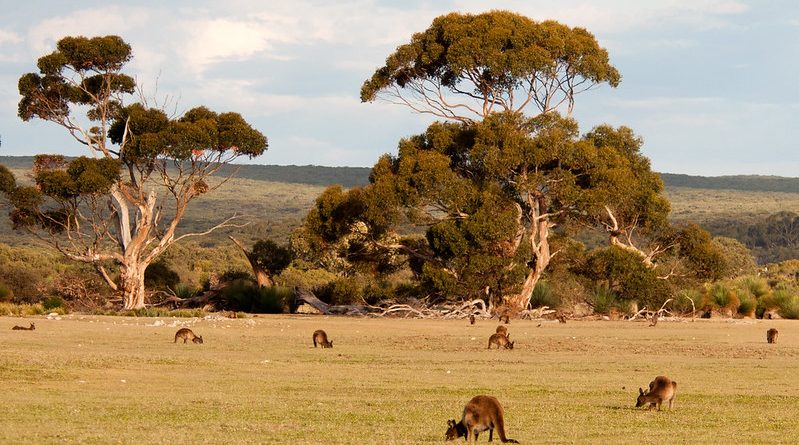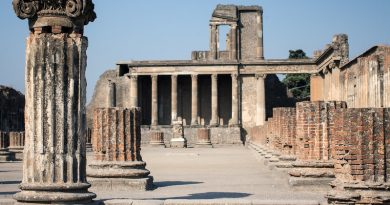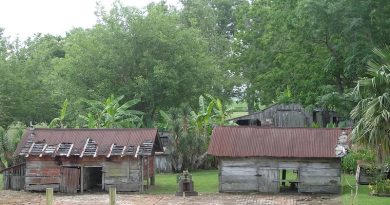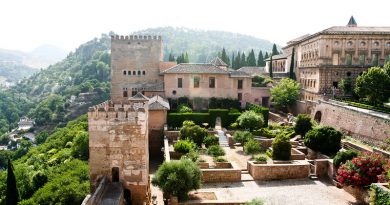Destinations: South Australia
Adelaide
Adelaide, the capital of South Australia, has shaken off its deeply conservative past to become a lively city – yet one that has managed to maintain a sense of restraint and elegance. It is laid out on a grid, interspersed with spacious squares and surrounded by rolling hills, parkland and coastline. Known as the Festival State, Adelaide encourages a thriving cultural environment for performing arts, culminating in the Adelaide Festival of the Arts and Adelaide Fringe, held in February/March of even-numbered years. Sleek modern towers rise over gracious Edwardian and Victorian architecture, which houses funky boutiques, music stores, cafes and restaurants serving up cuisine from every corner of the world. This culinary variety is due in a large part to Adelaide’s incredible multiculturalism, celebrated in the fascinating Migration Museum. A number of other museums, cultural centres and art galleries can also be found here, especially on North Terrace, which leads into the vast Botanical Gardens and runs parallel to Rundle Street, a cosmopolitan boulevard of alfresco dining, flash bars and clubs and a buzzing café society.
If you can’t even manage the pace of this leisurely city, the serene Adelaide Hills are less than half an hour’s drive away, featuring massive gum trees and varied bushwalking. Alternatively, there are a number of beachside suburbs, including Glenelg, which can be reached directly from the city centre by vintage tram. The line runs along Jetty Road – a lively and colourful strip of pubs, bars, cafes and restaurants – to the famously white sandy beach, where fishing, jet-skiing and scuba diving are all available.
Barossa Valley
The Barossa Valley is a prime destination for lovers of the good life. Food, music and, above all, wine are the drawcards here – the area produces about 25% of Australia’s total wine output and boasts around 50 wineries. Tours of these often have an historical focus, but there’s plenty of opportunity to sniff, swirl and savour the product. Settled in the mid 1800s by Prussian and Silesian immigrants, the Barossa has retained a distinctly Germanic flavour, reflected in the Lutheran churches dotted through the valley and the oom-pa-pa of its many big brass bands. All the area’s attractions combine in the April of every second year for the Barossa Vintage Festival – it’s all about guzzling wine and scoffing fine food, including mouth-watering Bavarian bakery delights and varieties of wurst (sausage), while music rolls through the surrounding hills. Jazz and classical music also provide the context for the Barossa International Music Festival every October – another stylish and upmarket two-week-long feast.
Flinders Ranges
The Flinders Ranges run north for 250 miles through South Australia. While the mountains don’t rise to any particularly great heights, the views from the peaks are spectacular and the scenery often dramatic, comprising deep gorges, steep bluffs, carpets of wildflowers, desolate salt lakes and majestic river red gums. The area is home to kangaroos and yellow-footed rock wallabies and hosts an abundance of birdlife including emus and wedge-tailed eagles, as well as corellas, rosellas and budgerigars exploding into screeching blossoms of colour against the wide sky. The energetic visitor can tackle any of the many walking, cycling and bushland tracks, including parts of the 800 mile Heysen trail, but the area can also be explored by scenic steam engine, horse or camel. As well as the many natural attractions, there are ghost towns and ruins to visit and Aboriginal rock art galleries to admire.
Coober Pedy
The extreme and inhospitable climate of the South Australian outback drives inhabitants underground – literally. Coober Pedy is an opal mining town where almost all of the dwellings exist below ground, providing respite from temperatures that practically soar off the thermometer in the summer and plummet to below freezing in the winter. On the surface, the desolate badlands-style surroundings are evocative of outer-space landscapes, but beneath the lunar strangeness there are subterranean churches, restaurants, hotels and thousands of mine shafts. Visitors can try their hand at fossicking for opals, but if you don’t strike it lucky, these attractive gems can be purchased from one of the town’s many opal traders or jewellers.
Kangaroo Island
These days, the rugged, wave-beaten coast of unspoiled Kangaroo Island provides great surf but in the distant past has also caused around 60 shipwrecks. These have created superb dive sites where an abundance and variety of marine life, plus drop-offs and reefs can also be discovered. Secluded beaches for basking and swimming can be found here, but if getting into the water doesn’t appeal, there are countless fishing options, yielding plentiful catches. Wildlife on the island includes everything that is unique to Australia – kangaroos, wallabies, koalas, echidnas and platypus – and colonies of penguins, sea lions and seals can also be observed at close range. On the coastline, the Remarkable Rocks, sculpted into unusual formations by years of weathering, form a dramatic landmark, while inland, the island features bushland, eucalyptus and colourful blazes of wildflowers.
Article By Sarah Rodrigues




